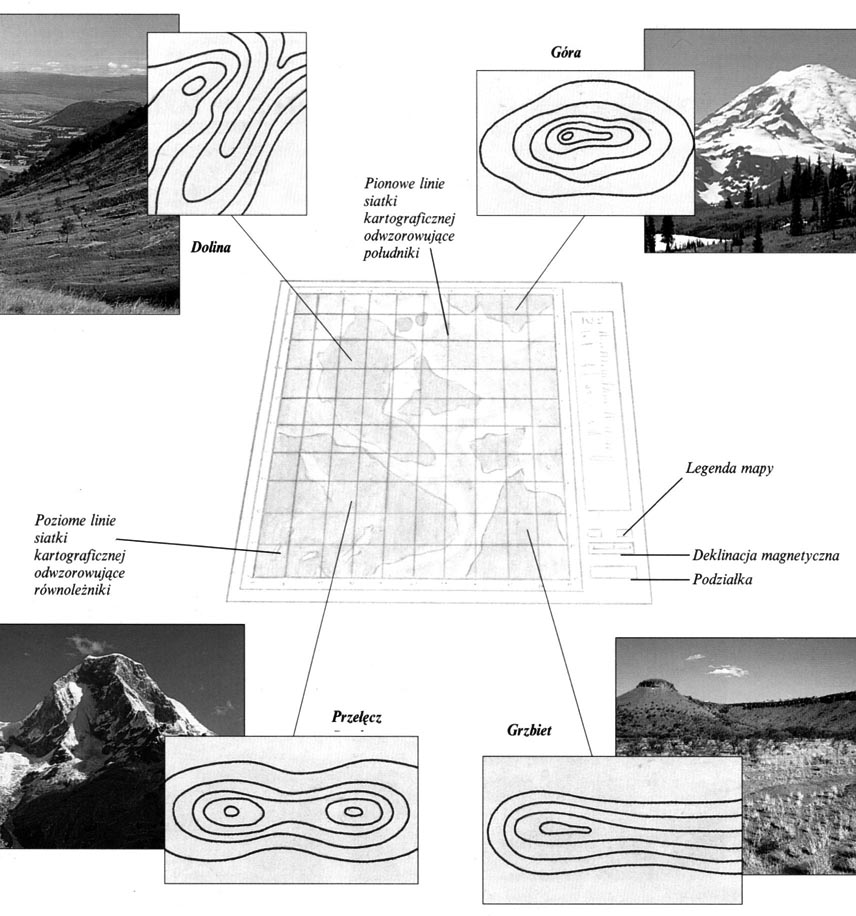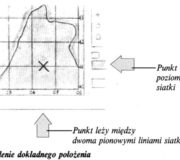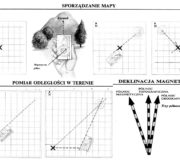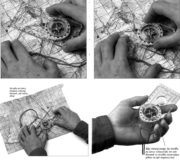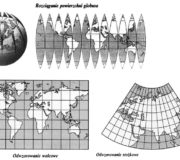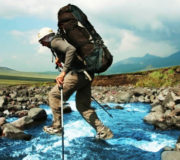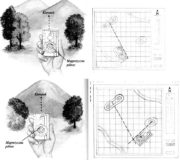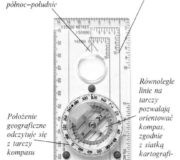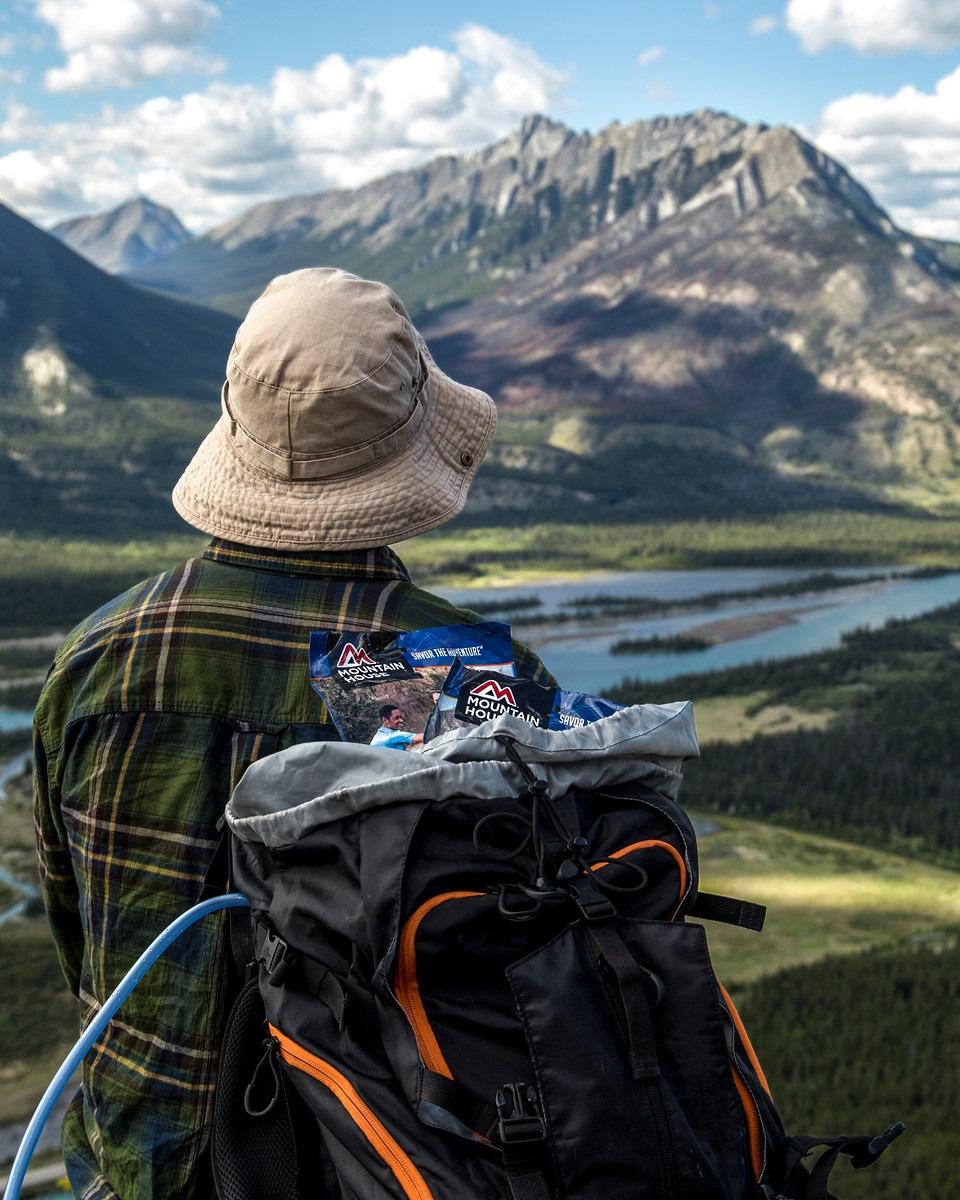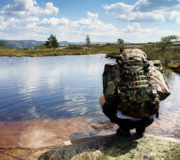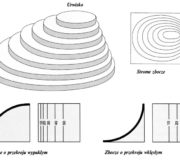Dostępnych jest wiele rodzajów map o różnym przeznaczeniu. Wybór właściwej ma wielkie znaczenie dla przygotowywanej wyprawy. Często należy zabrać kilka map, wśród których powinna się znaleźć jedna o małej podziałce (skali), przedstawiająca cały obszar wędrówki, oraz kilka dokładniejszych, poszczególnych terenów. Na piesze wyprawy najlepiej brać mapy topograficzne o podziałce 1:50000. Zamiast siatki kartograficznej z zaznaczonymi południkami i równoleżnikami stosuje się w takich mapach prostokątną siatkę topograficzną, której linie umieszczane są zwykle co dwa centymetry i przecinają się pod kątem prostym; odległość między nimi odpowiada jednemu kilometrowi w terenie (siatka kilometrowa). Każdy punkt siatki topograficznej można określić za pomocą umownie przyjętych współrzędnych (literowych bądź liczbowych).
Rzeźba terenu na ogół jest efektem erozyjnej działalności wód, które płynąc żłobią doliny i wąwozy poprzedzielane wzgórzami oraz grzbietami górskimi. Elementy krajobrazu związane z działalnością człowieka, takie jak drogi, są nietrwałe, często ulegają zmianom. Dlatego aby ustalić położenie danego obszaru na podstawie mapy, należy zacząć od rozpoznania rzek, potem dolin i rozdzielających je wzniesień.
Dolina – Linie łączące punkty tej samej wysokości, czyli poziomice ukazują dolinę jako powiększający się język utworzony przez ich wydłużone wybrzuszenia. Dzięki nim można odczytać z mapy jak wygląda dolina, a zwłaszcza te jej części, które są niewidoczne u wylotu. Liczby wzdłuż poziomic oznaczają wysokość ponad poziomem morza.
Przełęcz – Przełęcz to obniżenie w górskiej grani oddzielające sąsiednie szczyty. Może mieć kształt szerokiego siodła lub wąskiej szczerbiny. Stojąc u podnóża góry często nie widzimy przełęczy, ponieważ jeden szczyt zasłania drugi. Na mapie przełęcz można rozpoznać po dwóch kółkach utworzonych z poziomic (szczyty) połączonych krzywą, zamkniętą linią.
Grzbiet – Rzeki i doliny odgradzają zwykle grzbiety górskie. Na mapie oznaczające je poziomice układają się w podłużny rysunek. Poziomica zamknięta w owal oznacza kulminację grzbietu. Często łatwiej jest iść wzdłuż grzbietu niż doliną, zwłaszcza w terenie porośniętym gęstą dżunglą.
Góra – Z mapy możemy odczytać, jak ukształtowana jest cała góra, również jej zbocza niewidoczne dla nas z miejsca, w którym się znajdujemy. O ich nachyleniu i rzeźbie świadczy przebieg poziomic oraz ich odległość względem siebie. Linie poziomic przebiegają tak, jakby były namalowane na zboczach góry.
